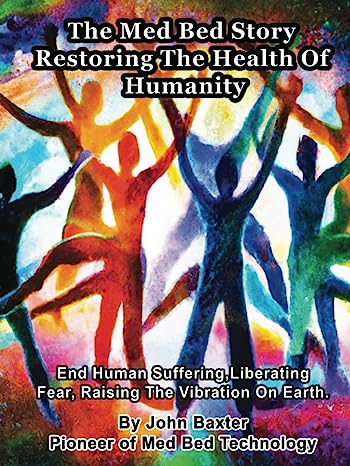Grounding, has gained attention in recent years as a practice that can promote better health and well-being. But what is grounding, and what purpose does it serve? This article explores grounding, its potential benefits, the science behind it, and how you can incorporate it into your daily life for improved physical and mental health.
Understanding Grounding: The Basics
Grounding involves making direct physical contact with the Earth’s surface, whether by walking barefoot on grass, soil, or sand, or using products designed to replicate this connection, such as grounding mats or sheets. The idea is based on the belief that the Earth’s natural energy can have positive effects on the human body, particularly in reducing stress, improving sleep, and promoting overall wellness.
The Science Behind Grounding
The Earth’s surface is rich in free electrons, which are negatively charged particles. Proponents of grounding believe that these electrons can be absorbed by the human body, helping to neutralize free radicals—unstable molecules that can cause oxidative stress and contribute to inflammation and disease. By reconnecting with the Earth’s energy, grounding is thought to restore balance to the body’s electrical system, leading to various health benefits.
The Purpose of Grounding: Key Benefits
1. Reducing Discomfort
- Neutralizing Free Radicals: Grounding is believed to help neutralize free radicals in the body, reducing oxidative stress. This can lead to a reduction in discomfort, particularly for individuals with chronic issues.
- Enhanced Recovery: By reducing discomfort, grounding may also accelerate post processes after physical activity, making it a valuable tool for athletes or anyone experiencing muscle discomfort.
2. Improving Sleep Quality
- Stabilizing Circadian Rhythms: Grounding is thought to help stabilize the body’s circadian rhythm, which governs the sleep-wake cycle. By promoting a more natural alignment with the Earth’s energy, grounding can improve sleep quality and help you fall asleep more easily.
- Deeper, Restorative Sleep: Individuals who practice grounding often report deeper, more restorative sleep, leading to better overall health and well-being.
3. Reducing Stress and Anxiety
- Lowering Cortisol Levels: Grounding has been shown to reduce cortisol levels, the body’s primary stress hormone. Lower cortisol levels are associated with reduced stress and anxiety, helping individuals feel calmer and more balanced.
- Promoting Mental Clarity: By reducing stress and anxiety, grounding can also enhance mental clarity, focus, and emotional resilience, making it easier to navigate the challenges of daily life.
4. Enhancing Overall Well-Being
- Boosting Energy Levels: Many people who practice grounding report feeling more energized and rejuvenated, likely due to the balancing effect on the body’s electrical system and the reduction of discomfort.
- Promoting Homeostasis: Grounding is believed to promote homeostasis, the body’s ability to maintain stable internal conditions. By supporting the body’s natural processes, grounding contributes to overall health.
How to Incorporate Grounding into Your Daily Life
Grounding is a simple and accessible practice that can be incorporated into your daily routine in various ways:
1. Spending Time Outdoors
- Walk Barefoot: One of the easiest ways to practice grounding is to walk barefoot on natural surfaces such as grass, sand, or soil. Aim for at least 20-30 minutes of barefoot contact with the Earth each day.
- Gardening: Gardening is another excellent way to connect with the Earth. Digging in the soil with your hands or sitting directly on the ground can provide the grounding benefits you need.
2. Using Grounding Products
- Grounding Mats and Sheets: For those who spend a lot of time indoors, grounding mats and sheets are designed to replicate the effects of direct contact with the Earth. These products can be used while working at a desk, sleeping, or relaxing at home.
- Grounding Shoes: Grounding shoes feature conductive materials that allow you to stay grounded while walking on outdoor surfaces, even if you’re not barefoot.
3. Practicing Grounding Meditation
- Mindful Connection: Grounding meditation involves focusing on your connection to the Earth while sitting or standing outdoors. Visualize the Earth’s energy flowing through your body, helping to reduce stress and promote a sense of peace and well-being.
The Growing Popularity of Grounding
As more people become aware of the potential health benefits of grounding, the practice is gaining popularity among wellness enthusiasts, athletes, and those seeking natural ways to improve their health. While research on grounding is still emerging, early studies and evidence suggest that grounding can have a positive impact on various aspects of health.
Conclusion: The Purpose of Grounding in Modern Life
Grounding offers a simple yet powerful way to reconnect with the Earth’s natural energy and promote better health and well-being. By improving sleep, lowering discomfort levels, and enhancing overall wellness, grounding can play a valuable role in your wellness routine. Whether through spending time outdoors, using grounding products, or practicing grounding meditation, incorporating grounding into your daily life can help you achieve a greater sense of balance and harmony in today’s fast-paced world.




